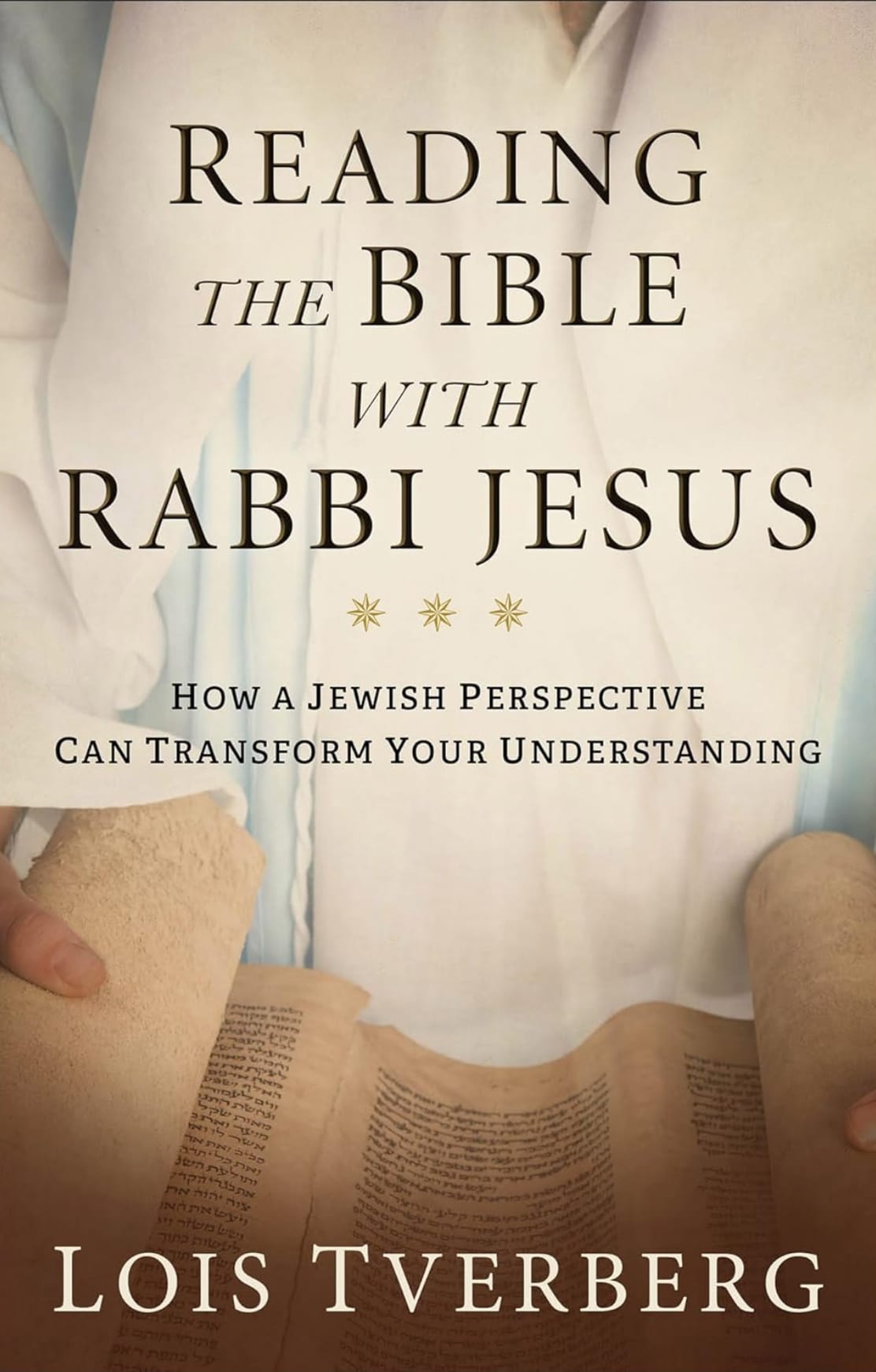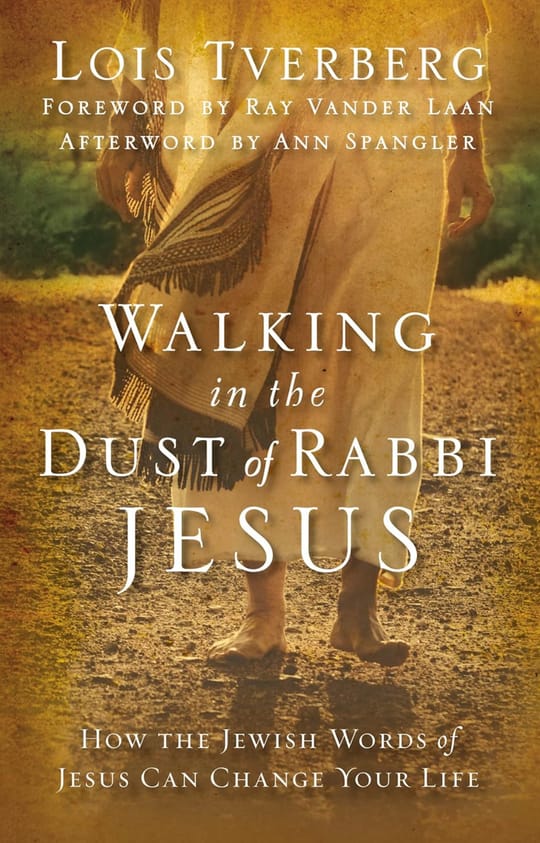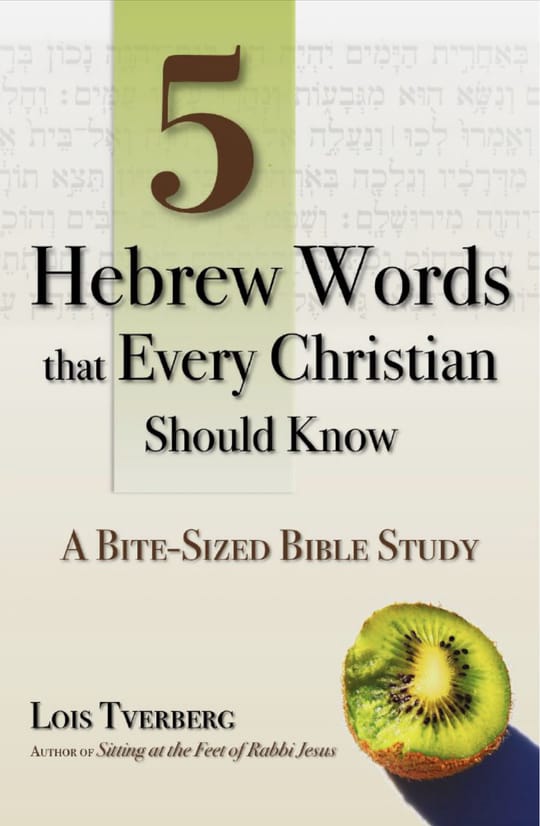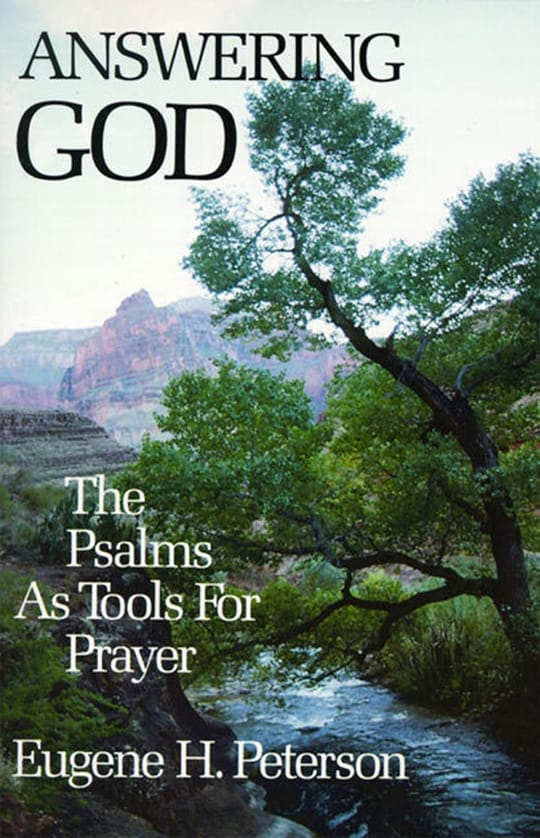Book: Reading the Book with Rabbi Jesus
Author: Lois Tverberg
📚 Quick Synopsis
In Reading the Bible with Rabbi Jesus, Lois Tverberg invites readers into the world of first-century Judaism to better understand Jesus’ teachings and the meaning behind Scripture. By stepping into the cultural and linguistic world of Jesus, we begin to see His words not just as ancient texts, but as dynamic, living truths spoken in a specific context that illuminate the full depth of the gospel.
🛒 Amazon Description
What would it be like to sit at the feet of Rabbi Jesus as one of his Jewish disciples?
Reading the Bible with Rabbi Jesus helps modern Western readers learn how to understand and “think” like first-century Jews. Combining careful research with engaging prose, Lois Tverberg helps us grasp how Jewish customs, idioms, and teachings give depth and clarity to the words of Scripture. Readers will explore familiar stories from new angles and gain a deeper appreciation for the Jewishness of Jesus.
“By reading Scripture through Jesus’ Jewish lens, we learn to understand the Bible in fresh, new ways and discover more of God’s heart.”
✡️ 5 Interesting Insights from the Book
- The Lord’s Prayer reflects deep Jewish tradition. It’s more than a list—each line echoes Jewish prayers and teachings.
- “Loving God with all your heart” in Hebrew implies action, not just emotion. Love is shown in obedience and covenant faithfulness.
- Jesus often answered questions with questions. This wasn’t avoidance—it was a rabbinic method to invite deeper thinking.
- “He who has ears to hear” is a Jewish idiom. It means: “Pay close attention—this is crucial.”
- Faith in the Bible is relational. It’s more about trust and loyalty than belief in abstract doctrine.
🇮🇱 Why the Jewish Background of Jesus Matters
Many Christians unknowingly read the Bible through a Western, modern lens—detached from the culture in which it was written. Jesus wasn’t a Western philosopher; He was a Jewish rabbi. His teachings, parables, and interactions are saturated with Jewish idioms, customs, and traditions. By rediscovering the Jewish mindset, we not only deepen our understanding of Scripture but also recover the richness and relevance of Jesus’ message.
🔑 Main Points
- Jesus taught like a rabbi, not a Greek philosopher. His stories, questions, and methods all reflect traditional Jewish forms of teaching.
- Hebrew thinking emphasizes action over abstraction. Biblical faith is not just what you believe but how you live.
- Context is everything. Knowing the historical and cultural setting helps us avoid misinterpretations.
- Group identity matters. The Bible was written in a communal culture, not an individualistic one.
- Jesus challenged the heart. His words often cut deeper than we realize when understood in their original context.
✅ Action Steps
- Rethink your assumptions. Ask: Am I reading this like a 21st-century Westerner or like someone sitting at Jesus’ feet?
- Learn more about Jewish customs. Start with Sabbath practices, festivals, and idioms used in the Gospels.
- Read Scripture slowly. Pause to reflect on historical and cultural context, especially in the Gospels.
- Engage with resources. Read more books like this one, or listen to Jewish-background Bible teachers.
- Pray for fresh insight. Ask the Holy Spirit to help you see Jesus not only as your Savior but also as Rabbi.
Bottom Line
There is a lot of controversy as to why Christianity broke away from its Jewish roots. Paul, inspired of the Holy Spirit, wrote about the need to live according to the Spirit and not according to the legalism of the Law. However, Paul was not saying the Law was bad. He was not saying the roots of Jewish understanding about God was bad. He was saying the legalism was bad and it was incomplete without Jesus. It is important to realize that understanding the Jewish culture is a window into many passages of the Bible that seem like mysteries to us. They were not mysteries to the original audience. Knowing these facts help us to know our King more.









